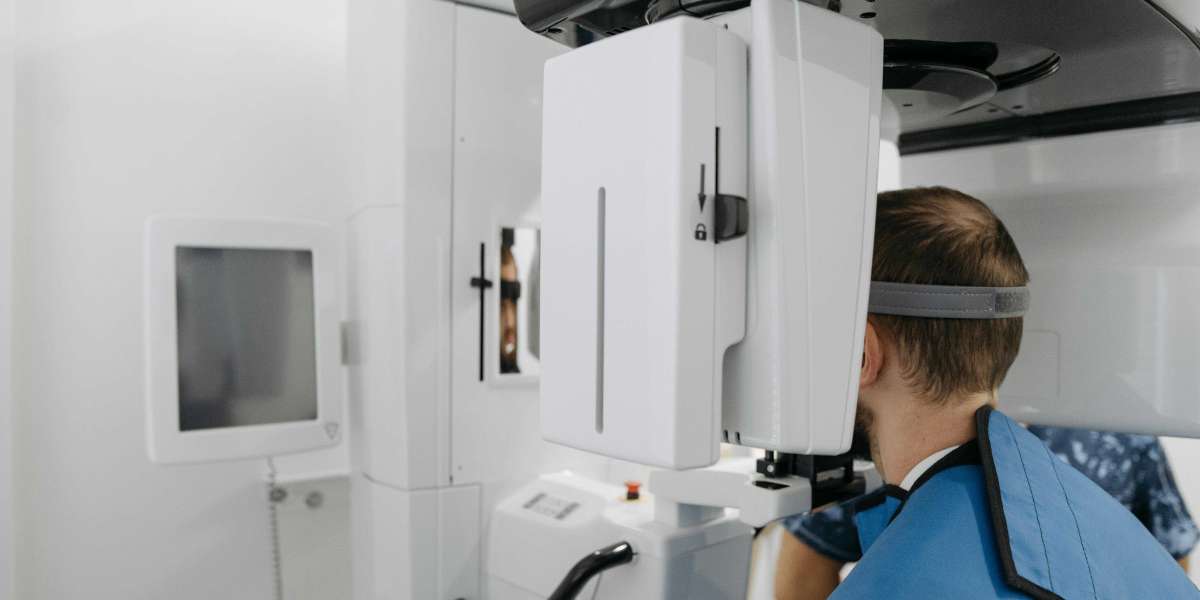Craniotomy procedures have evolved significantly over the years, with advancements in surgical technology paving the way for safer and more precise interventions. Navigation-Guided Craniotomy has emerged as a groundbreaking approach, allowing neurosurgeons to perform intricate brain surgeries with unparalleled accuracy. This technique integrates real-time imaging and computer-assisted navigation to enhance surgical precision, minimize complications, and improve patient outcomes.
Modern surgical navigation systems, such as those developed by HRS Navigation, have revolutionized neurosurgical procedures. Their cutting-edge easyNav™ systems provide real-time intraoperative guidance, empowering surgeons with superior visualization and enhanced accuracy, ultimately optimizing clinical results.
Understanding Navigation-Guided Craniotomy
Navigation-Guided Craniotomy is a sophisticated neurosurgical technique that employs advanced imaging and tracking technologies to guide surgeons during cranial procedures. By integrating preoperative imaging with real-time intraoperative data, this method enables precise localization of brain structures, ensuring accurate tumor resection, hemorrhage control, and lesion removal.
When is Navigation-Guided Craniotomy Required?
Several neurological conditions necessitate the use of Navigation-Guided Craniotomy, including:
Brain Tumor Resection
For both malignant and benign brain tumors, navigation systems help define tumor margins, ensuring maximum removal while preserving healthy brain tissue.
Aneurysm and Vascular Malformation Surgery
Navigational tools assist in avoiding critical blood vessels, reducing the risk of intraoperative hemorrhage and postoperative complications.
Epilepsy Surgery
Patients with drug-resistant epilepsy may require the surgical removal of seizure foci. Navigation systems enhance targeting precision, improving seizure control outcomes.
Traumatic Brain Injury (TBI) Management
In cases of severe head trauma, navigation aids in decompressive craniotomy procedures, ensuring accurate bone flap positioning and reducing surgical risks.
How Navigation-Guided Craniotomy Works
The success of Navigation-Guided Craniotomy relies on a meticulous step-by-step approach:
Preoperative Imaging and Data Integration: High-resolution MRI and CT scans are acquired to map the patient's brain anatomy. These images are integrated into the navigation system for reference during surgery.
Patient Registration and Calibration: Fiducial markers or surface-based registration techniques are used to align the patient's anatomy with the virtual 3D model.
Intraoperative Guidance: A tracking system monitors surgical instruments in real time, ensuring optimal trajectory planning and precise localization of critical structures.
Real-Time Adjustments: The system continuously updates the surgeon with anatomical changes during the procedure, allowing dynamic modifications when necessary.
Advantages of Navigation-Guided Craniotomy
The integration of navigation technology into neurosurgery has yielded numerous benefits, including:
Enhanced Accuracy: Pinpoint precision in identifying and accessing target areas, reducing the risk of collateral damage.
Minimized Brain Tissue Trauma: Navigation minimizes unnecessary brain exposure, preserving neurological function.
Reduced Operative Time: Efficient localization of lesions leads to faster procedures and lower anesthesia exposure.
Improved Patient Outcomes: Better surgical precision correlates with fewer postoperative complications and faster recovery times.
Technological Innovations in Navigation-Guided Craniotomy
Advanced surgical navigation systems have significantly improved the efficacy of Navigation-Guided Craniotomy. HRS Navigation leads the way in innovation, offering cutting-edge solutions that enhance neurosurgical precision. Their easyNav™ systems utilize state-of-the-art imaging, optical tracking, and augmented reality to provide real-time guidance, ensuring optimal surgical results.
Challenges and Considerations
While Navigation-Guided Craniotomy offers numerous benefits, certain challenges must be addressed:
Cost and Accessibility: Advanced navigation technology may not be available in all healthcare institutions due to high costs.
Learning Curve: Surgeons require specialized training to effectively utilize navigation systems.
Intraoperative Brain Shift: Brain tissue movement during surgery can affect navigation accuracy, requiring continuous updates and recalibration.
Scientific Research and Future Prospects
Recent studies highlight the growing impact of navigation-assisted neurosurgery. According to research published in the Journal of Neurosurgery, intraoperative navigation has led to a 40% reduction in residual tumor volume and a 30% decrease in surgical complications. Future advancements, including the integration of artificial intelligence (AI), robotic-assisted surgery, and augmented reality, promise even greater precision and efficiency in neurosurgical interventions.
Conclusion
Navigation-Guided Craniotomy represents a transformative leap in neurosurgical techniques, offering superior precision, enhanced safety, and improved patient outcomes. With innovations from industry leaders like HRS Navigation, neurosurgeons can now perform complex cranial procedures with greater confidence and accuracy. As technology continues to evolve, the future of neurosurgery holds even more promising advancements, further solidifying the role of navigation-guided techniques in modern medicine.





